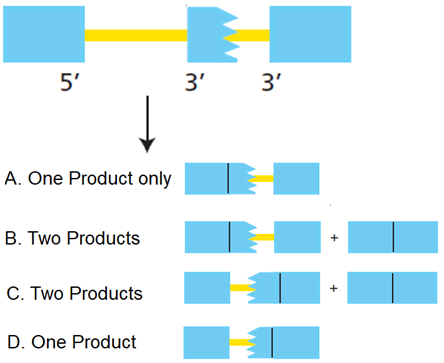#Question id: 4669
#Unit 3. Fundamental Processes
Instead of a TATA box, some eukaryotic genes contain an alternative promoter element called an initiator. Most naturally occurring initiator elements have
#Question id: 4671
#Unit 3. Fundamental Processes
CpG island promoters are methylated at position 5 of the pyrimidine ring. CG sequences are thought to be underrepresented in mammalian genomes because
#Question id: 4672
#Unit 3. Fundamental Processes
Lytic growth proceeds when
#Question id: 4673
#Unit 3. Fundamental Processes
Lysogenic growth proceeds when
#Question id: 4674
#Unit 3. Fundamental Processes
λ-repressor encoded by
#Question id: 4675
#Unit 3. Fundamental Processes
Which of the following repressor work as both activate as well as repress transcription ?

